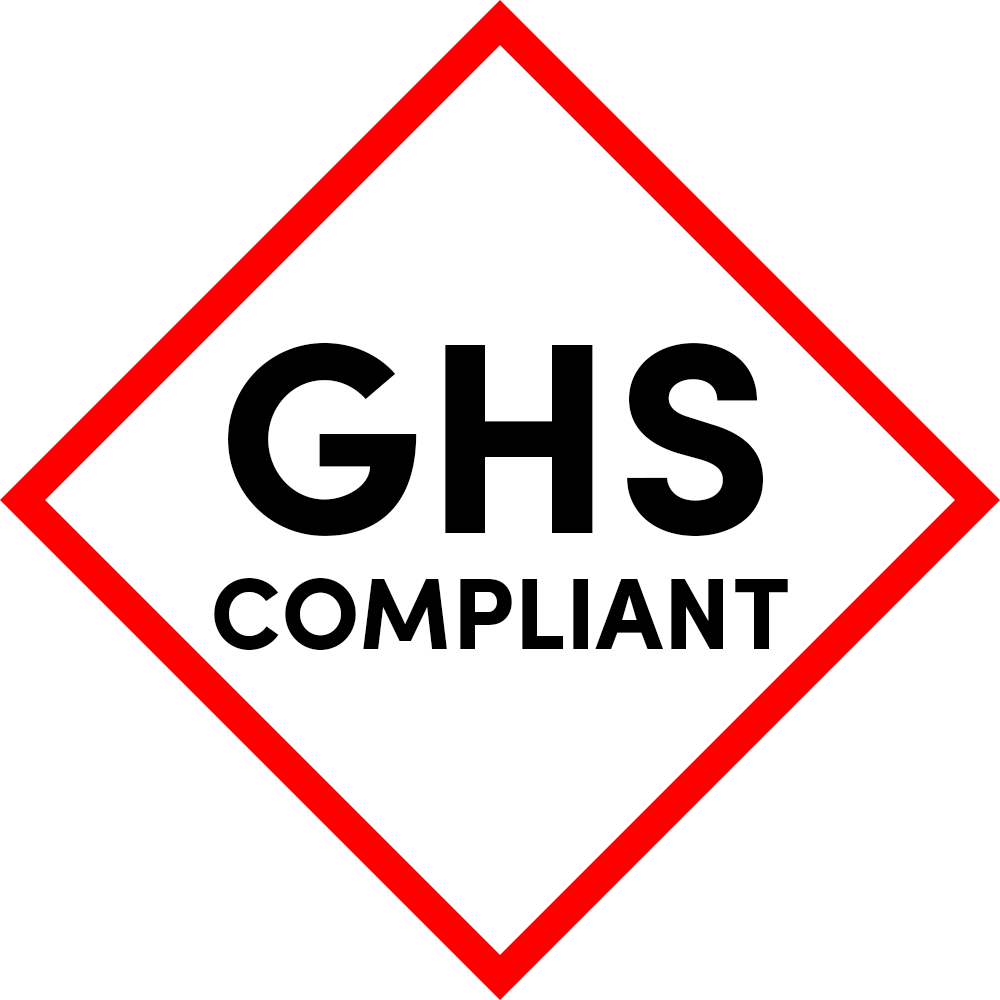
|
Steel "A" & "H" |
Hazard Statements
Eye Contact: Dusts or particulates may cause mechanical irritation including pain, tearing and redness. Scratching of cornea can occur if eye is rubbed. Fumes may be irritating. Contact with the heated material may cause thermal burns.
Skin Contact: Dusts or particulates may cause mechanical irritation due to abrasion. Coated steel may cause skin irritation in sensitive individuals. Some components in this product are capable of causing allergic reaction, possibly resulting in burning, itching and skin eruptions. Contact with heated material may cause thermal burns.
Inhalation: Dusts may cause irritation of the nose, throat, and lungs. Excessive inhalation of metallic fumes and dusts may result in metal fume fever, an influenza-like illness. It is characterized by a sweet or metallic taste in the mouth, accompanied by dryness and irritation of the throat, cough, shortness of breath, pulmonary edema, general malaise, weakness, fatigue, muscle and joint pains, blurred vision, fever and chills. Typical symptoms last from 12 to 48 hours.
Ingestion: Not expected to be acutely toxic via ingestion based on the physical and chemical properties of this product. Swallowing of excessive amounts of dust may cause irritation, nausea and diarrhea.
Repeated exposure to fine dusts may inflame the nasal mucosa and cause changes of the lung. In addition, a red-brown pigmentation of the eye and/or skin may occur. Welding fumes have been associated with adverse health effects. Contains components that may cause cancer or reproductive effects.
Over exposure to specific components of this product that are generated in dusts or fumes may cause adverse effects to the following organs or systems: eyes, skin, liver, kidney, central nervous system, cardiovascular system, respiratory system.
Diseases of the skin such as eczema may be aggravated by exposure. Also, disorders of the respiratory system including asthma, bronchitis, and emphysema. Long-term inhalation exposure to agents that cause pneumonconiosis (e.g. dust) may act synergistically with inhalation of oxide fumes or dusts of this product.
Precautionary Statements
Eye Contact: Do not rub eye(s). Flush with plenty of water for at least 15 minutes, lifting upper and lower eyelids occasionally. Obtain medical attention if irritation persists. Thermal burns should be treated as medical emergencies.
Skin Contact: In case of overexposure to dusts of fumes, wipe off excess from skin. Immediately wash skin with soap and water for at least 15 minutes. Obtain medical attention if irritation develops or persists. If thermal burn occurs, flush area with cold water and get immediate medical attention.
Inhalation: If a person breathes in large amounts, moved the exposed person to fresh air. If not breathing, give artificial respiration. If breathing is difficult, give oxygen. Get immediate medical attention if symptoms described in this SDS develop.
Ingestion: Not considered an ingestion hazard. However, if excessive amounts of dust or particulates are swallowed, treat symptomatically and supportively. Get medical attention.
Storage: Store away from strong oxidizers. Avoid breathing dust/fumes.
Conditions to Avoid: Steel at temperatures above the melting point may liberate fumes containing oxides of iron and alloying elements. Avoid generation of airborne fumes.
Incompatibility: Reacts with strong acids to form Hydrogen gas.
Manufacturer information
Name
THORN SMITH LABORATORIES
Phone
231-882-4672
Address
7755 Narrow Gauge Road
Beulah, MI 49617
USA
San Diego Community College District
Local data
SKU #


